Davide Sorrenti’s story originally appeared in i-D’s The Get Up Stand Up Issue, no. 358, Winter 2019. Order your copy here.
“The ‘e’ in Davide’s name is silent so it was just David here in America,” Francesca Sorrenti, the late photographer’s mother explains. “But when I got mad at him, well, it became very Italian!” Born in 1976 to a family of photographers, Davide was raised in the heart of New York. As a teen he meticulously documented the jagged edges of Manhattan’s youth culture and its clashes and tensions, with an insight only awarded to those deep within it. Davide’s work was at the radial centre of the fashion industry in the mid-90s, and he was quickly commissioned to shoot portraits and campaigns that played into his hazy and nihilistic image. His death, aged 20, the result of complications from a rare blood disorder and heroin use, dovetailed with a growing awareness amongst the media and politicians around the dangers of the “heroin chic” aesthetic, and became an example of its dire consequences.
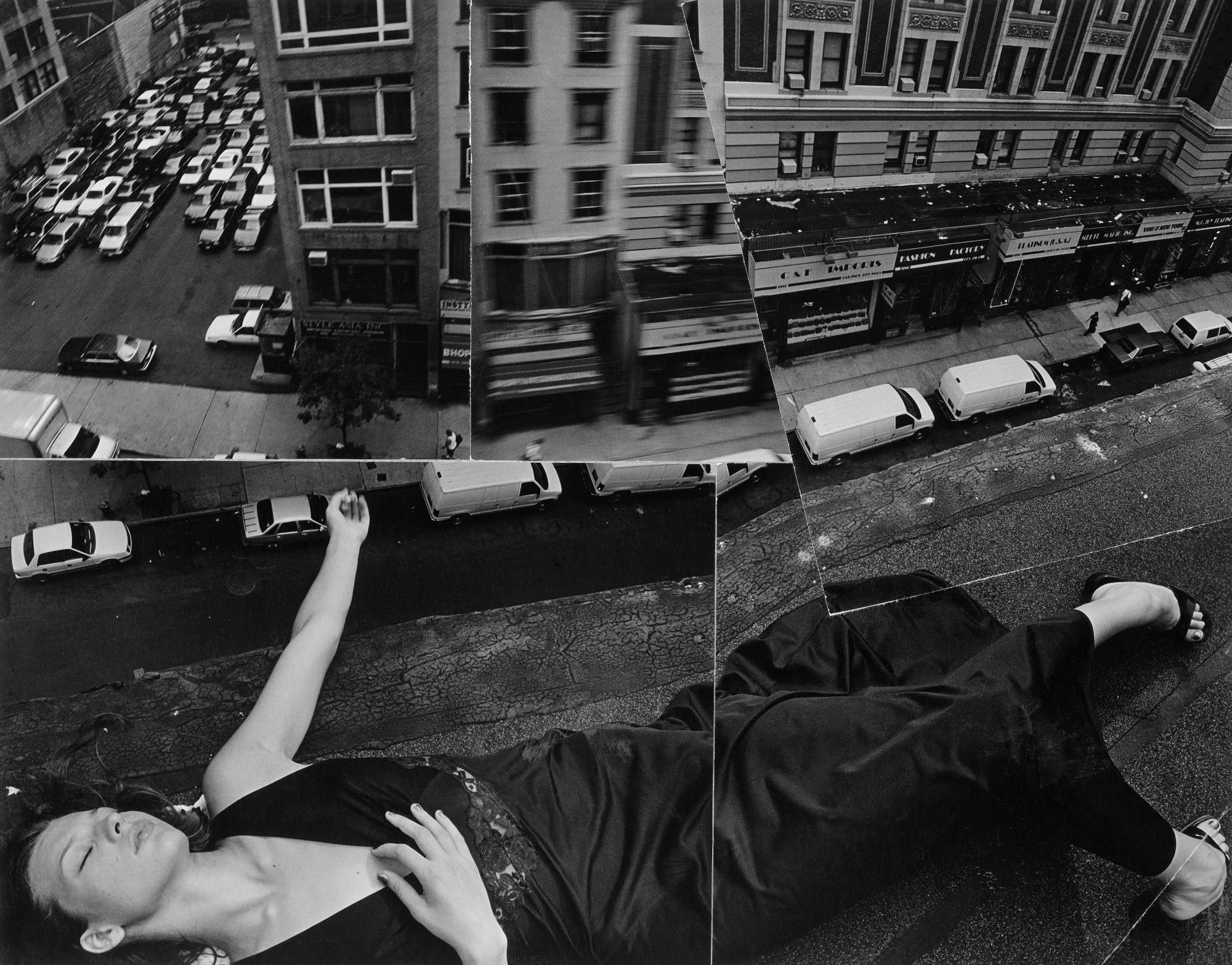
“Maybe it was the fact that he was creating images at a very pivotal moment in the timeline of street culture and the way it was starting to be finally accepted by the mainstream,” his brother Mario Sorrenti says, when asked what made his work so era-defining. “He was surrounded by a creative community of people that encouraged him to document his peers and recognised his beautiful talent.” In the past months, this work has been exhibited in a gallery for the first time and examined in depth in Charlie Curran’s documentary, See Know Evil. The third part to this trilogy of retrospectives is Davide Sorrenti ArgueSKE 1994 – 1997, a book put together by his mother Francesca Sorrenti and IDEA. “The way Davide captured his lifestyle with his friends always intrigued me,” Francesca says. “He would be hanging out in his room in our loft with a bunch of friends, laying on the couch discussing, shouting, laughing and he’d have his camera and be clicking very unobtrusively. I never heard him say, ‘stand still I want to take this picture.’”
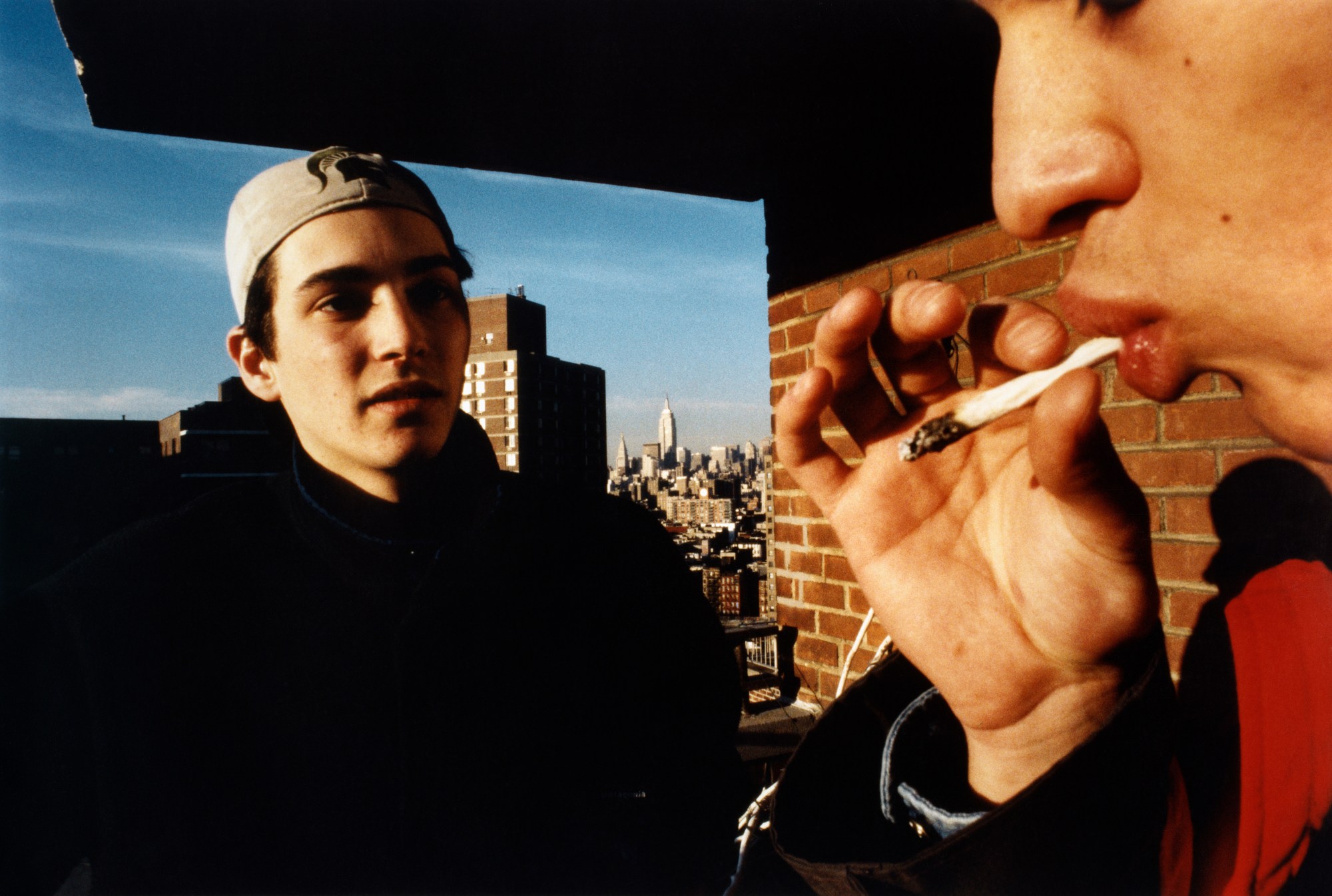
Two decades after his passing, finding the strength to dig deep into Davide’s body of work and confront his memory head on was still immensely difficult for Francesca. “The reason that it was so hard to work through Dave’s archives is that I knew it so well and the memories were just there to live all over again,” she says. “David and I had a very unusual relationship — we were very attached, what with him being ill and needing my constant support. We had this bond and photography was a love we both shared. We would look at photography books together. We would critique fashion stories together. As a family we usually dropped into each other’s shoots. I would visit Mario and I would find Davide there, or Vanina, and vice versa.” For Mario and Vanina, watching Davide discover fashion photography in his later teens was a joy to watch and be part of. “My brother and I were extremely close,” Mario says. “I’m five years older than him and I was very excited when he decided that he wanted to become a fashion photographer as well.” At this point, Mario was already well on his way as an artist and fashion photographer, so Davide would lean on him for guidance. “I would tell him what film to use and how to expose it and then I would say, ‘go out shoot your friends, that’s where the real stuff is.’”
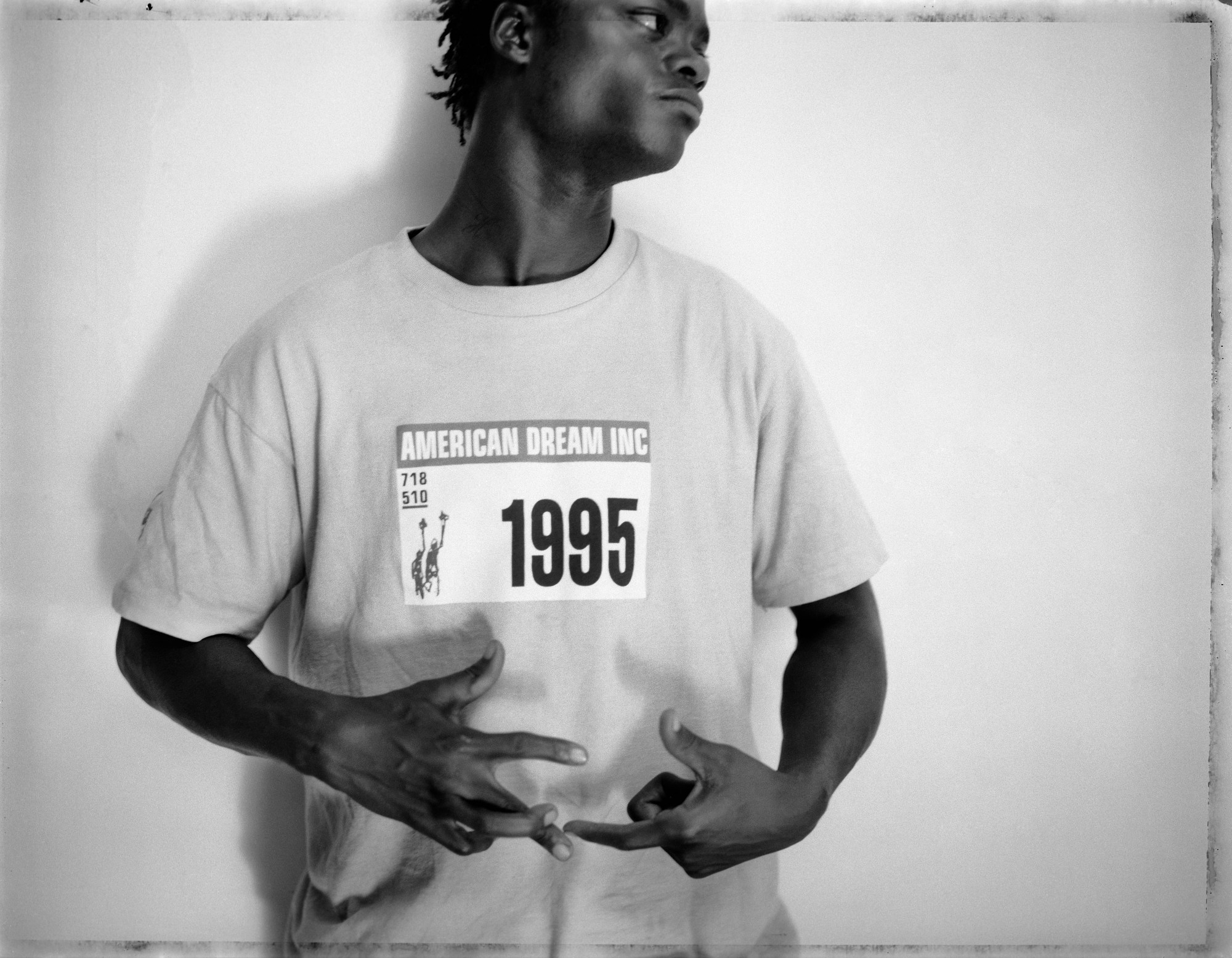
There’s an obvious parallel between Davide and his niece and nephew Gray and Arsun, children of Mario. Both young, cool New York kids immersed in the city’s creative scene, what transcends the two-decade gap is simply energy and vibrance. “Davide’s work speaks to us all,” Gray says. “When the documentary came out I invited all of my friends to come and see it, because I felt like they could relate to him, his passion for photography, his crew, life, art, the struggle of growing up. Being a kid in New York City, everything is coming at you at the speed of light. Even though things have drastically changed since the 90s, New York City kids really haven’t.” For Arsun, a musician who released his debut single last year, Davide’s work has been a perennial influence. “I’ve had a painting of his in my room for as long as I can remember,” Arsun says. “I really like his work, I think it’s beautiful. I’m not sure how it makes me feel, but it’s been around me a lot in my life and gives me a glimpse into what his life was like. And when work is good I think it’ll resonate with people, no matter the decade.” “He lived in the moment, maybe faster than you and I would live, but he had no time to waste,” Gray adds. “He had no choice but to believe that things were the way they were supposed to be, and that it is important to stay true to yourself and to your heart. I know that’s what Davide makes me want to do.”
“ArgueSKE 1994-1977”, edited by Francesca Sorrenti, is out now, published by IDEA. On Friday 29 November Francesca will be stamping copies of the book at DSM London, to celebrate the store’s 15th birthday.
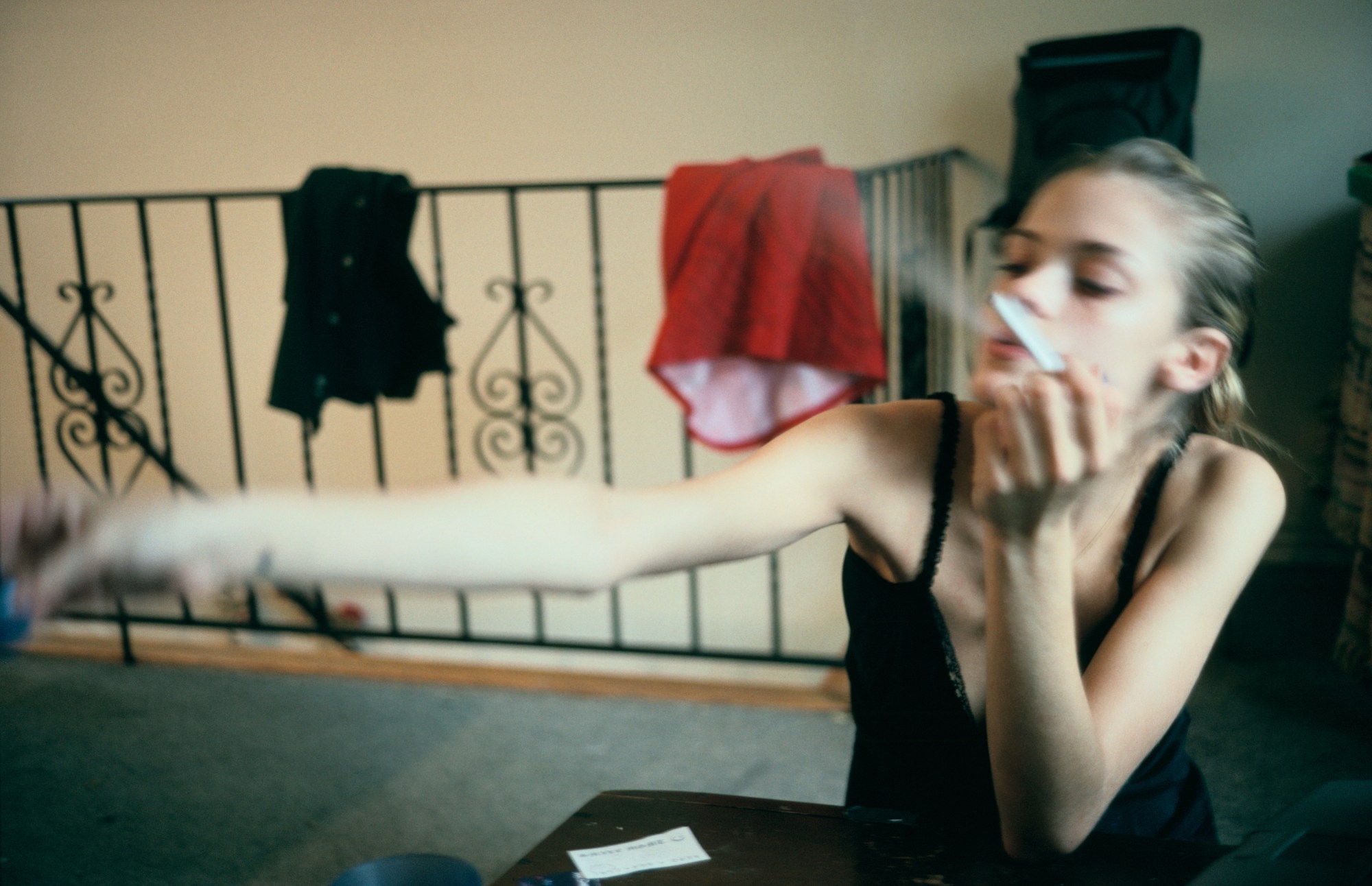



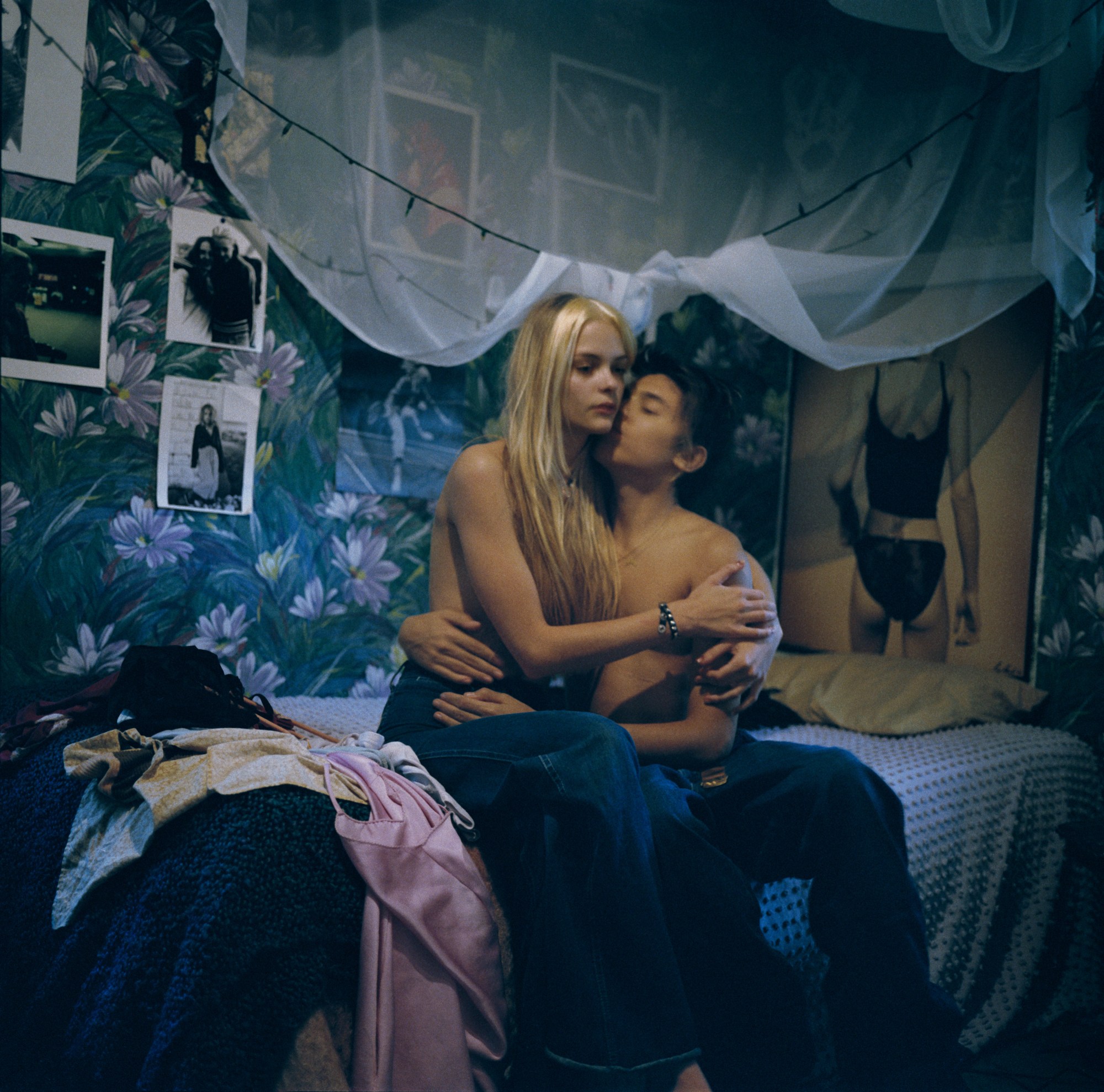
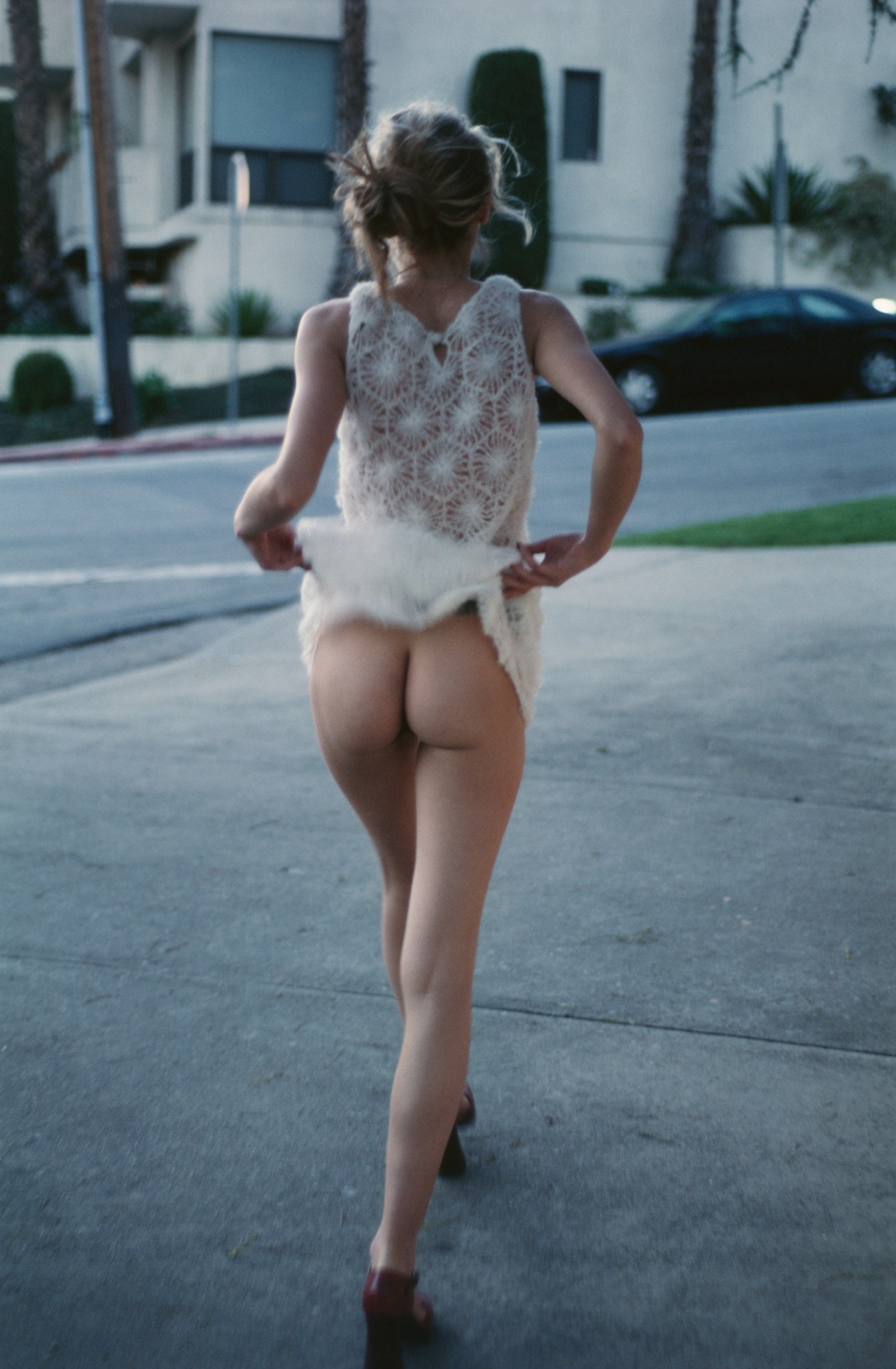
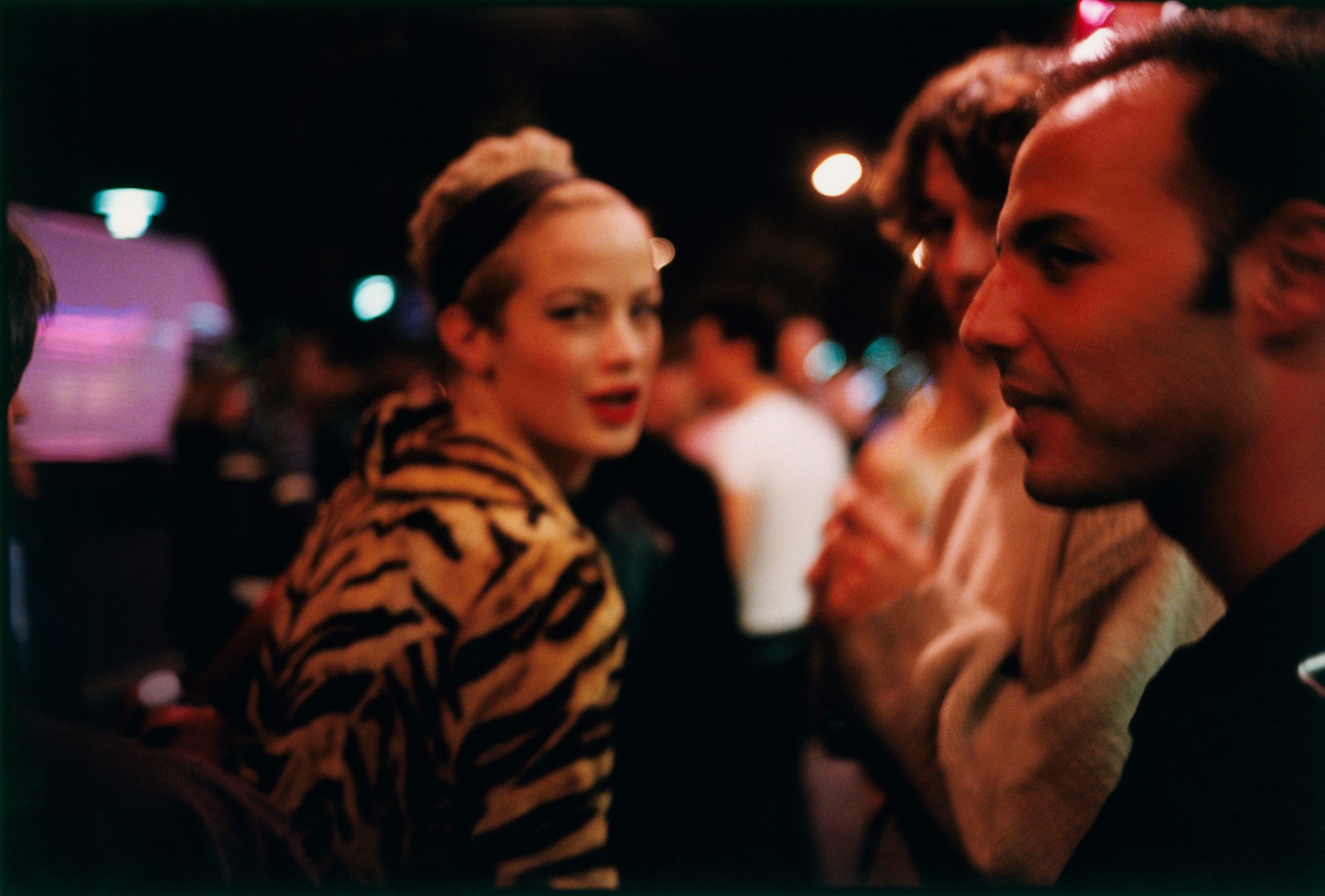
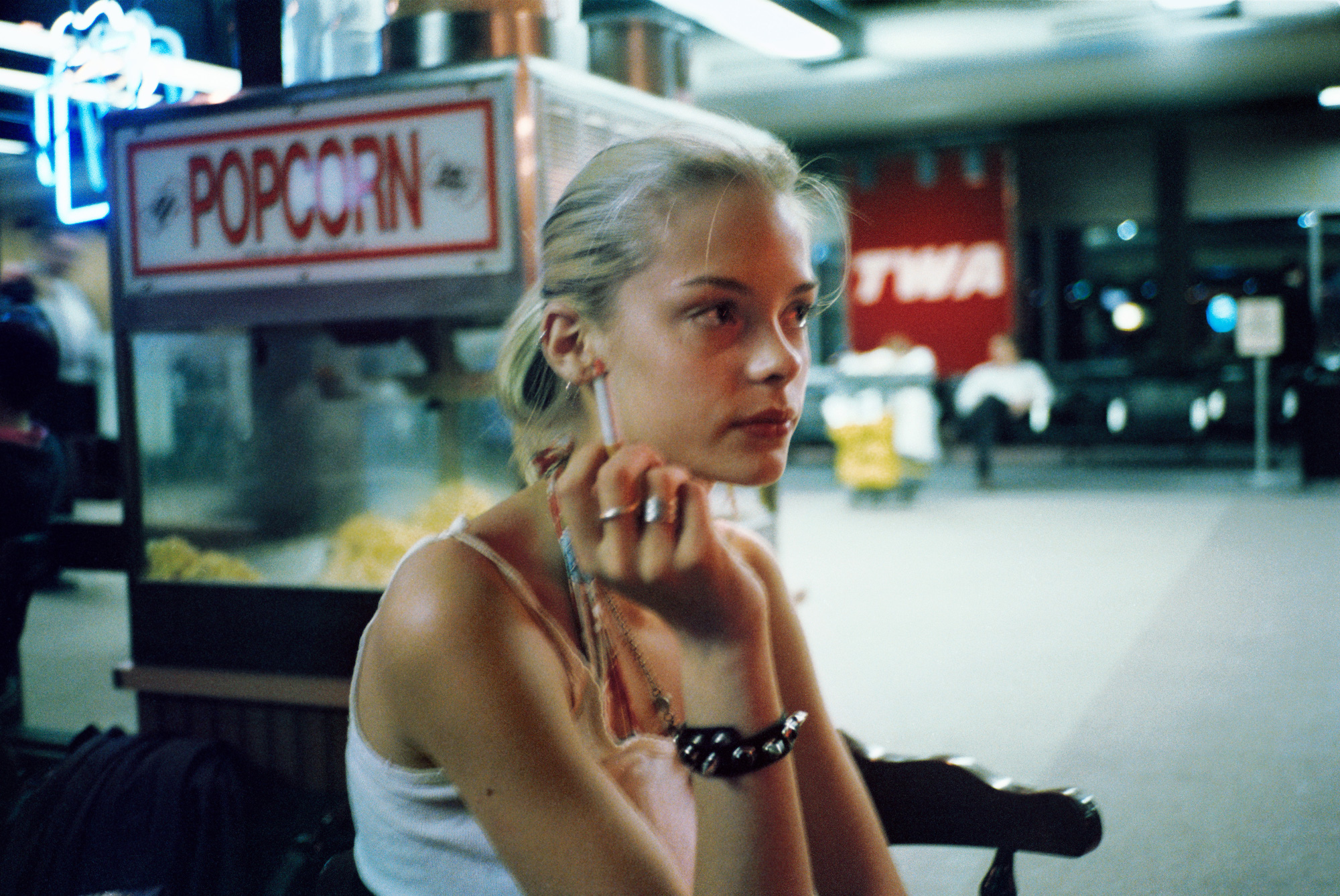
Credits
Photography Davide Sorrenti
